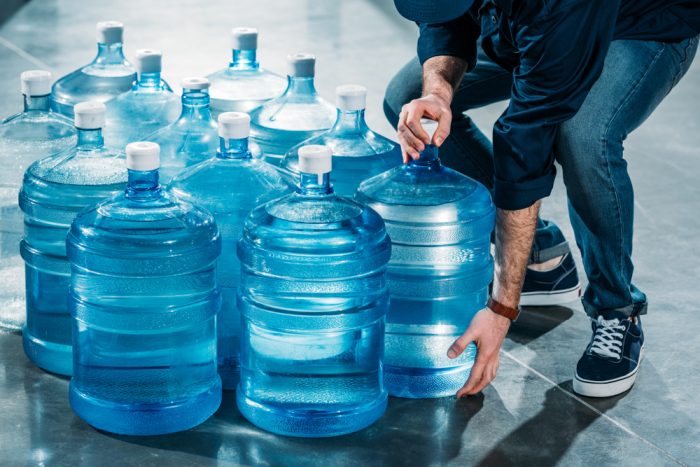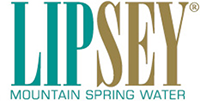
When you picture commercially bottled water, you probably have a similar image of the label in your mind: mountains, springs, and bodies of water are usually present. By evoking these images, these labels make us assume the water inside comes from those locations. But is that actually where the water comes from? While you may get water from the store or through a bottled water delivery service, it’s always better to know where the things you consume come from and how they got to your kitchen.
Water Sources in the United States
In the United States, water companies are pretty evenly divided when it comes to where their bottled water comes from, with just over 50% being natural spring water and the other 50% being purified.
Spring water is defined by the Environmental Protection Agency, a government entity, as water collected “where water flows naturally to the Earth’s surface or from a borehole that taps into an underground source.” Spring water does not have to come from a spring, but it does by definition come from a natural source of water. This is what most people think of as being the source of bottled water due to effective marketing.
It’s also important to know that while the EPA regulates this definition of spring water, other terms like “glacier water” or “mountain water” are not regulated and do not necessarily indicate anything about where the water was sourced from. While “spring water” can’t be used unless it meets this definition, there is no other requirement that labels include information about the water’s source under FDA guidelines.
The other nearly 50% of bottled water is “purified” water, which is simply water from a municipal tap water plant that has been filtered or treated. Many popular brands, including Dasani and Aquafina, are purified water. Purified water is essentially the same as using a home filtration system and drinking the water from your sink; it has just been packaged into bottles for sale.
In addition to filtering out particular contaminants, this treated water may also have things added to it or mineral content adjusted. While labels on bottled water have to disclose ingredients, they do not have to disclose treatment procedures or information about the water’s purity on these labels under FDA guidelines.
Importing Water
Whether bottled water is spring or purified water, it usually has to be imported and exported throughout the country in order to be bottled and distributed. What many people don’t know is that some of the areas most commonly used to provide water are also those that suffer from droughts, particularly California. Many companies choose California as their source because that’s where their headquarters are, and it cuts down on transport costs to stay local. Nestle, in particular, has been involved in controversial new stories about their permits and funding for this water source.
In contrast, other brands have faced questions about the ethics of importing their water from other countries when the United States has many clean, treatable sources of tap water. Bringing in foreign water leads to extremely high shipping costs, which can add to the allure of brands like Fiji Water, Evian, and San Pellegrino.
The Best Bottled Water
Environmental experts agree that where possible, spring water sourced from local areas that have plenty of available sources is the most sustainable option for bottled water. That’s why Lipsey provides spring water sourced from a cold, deep rock spring in the Blue Ridge Mountains of North Carolina. The water from this spring is clean, delicious, and natural, making it the best choice for bottled water in Atlanta.
Because this deep rock spring is on private family-owned land and is surrounded by a national forest, it is uniquely protected from contamination due to either industry or agriculture. Lipsey uses a very minimal filtration process, just enough to remove small particulates without stripping the natural minerals from the water. No chemicals or preservatives are ever introduced to the water, and naturally occurring ozone is the only thing used for filtration.
All water is bottled in pharmaceutical-grade glass, uniquely created to ensure they are environmentally friendly while maintaining the integrity of this natural spring water.
